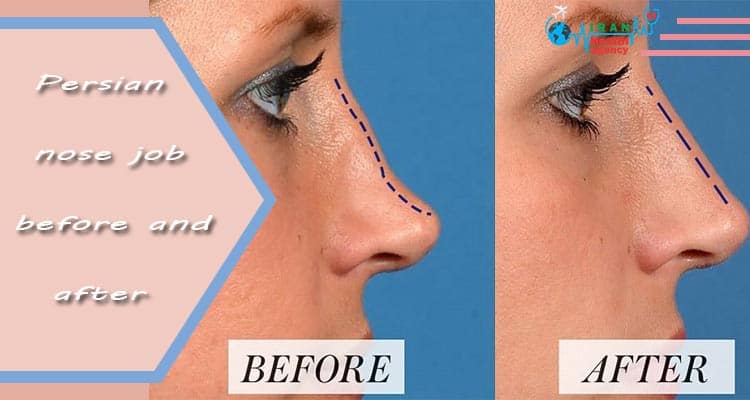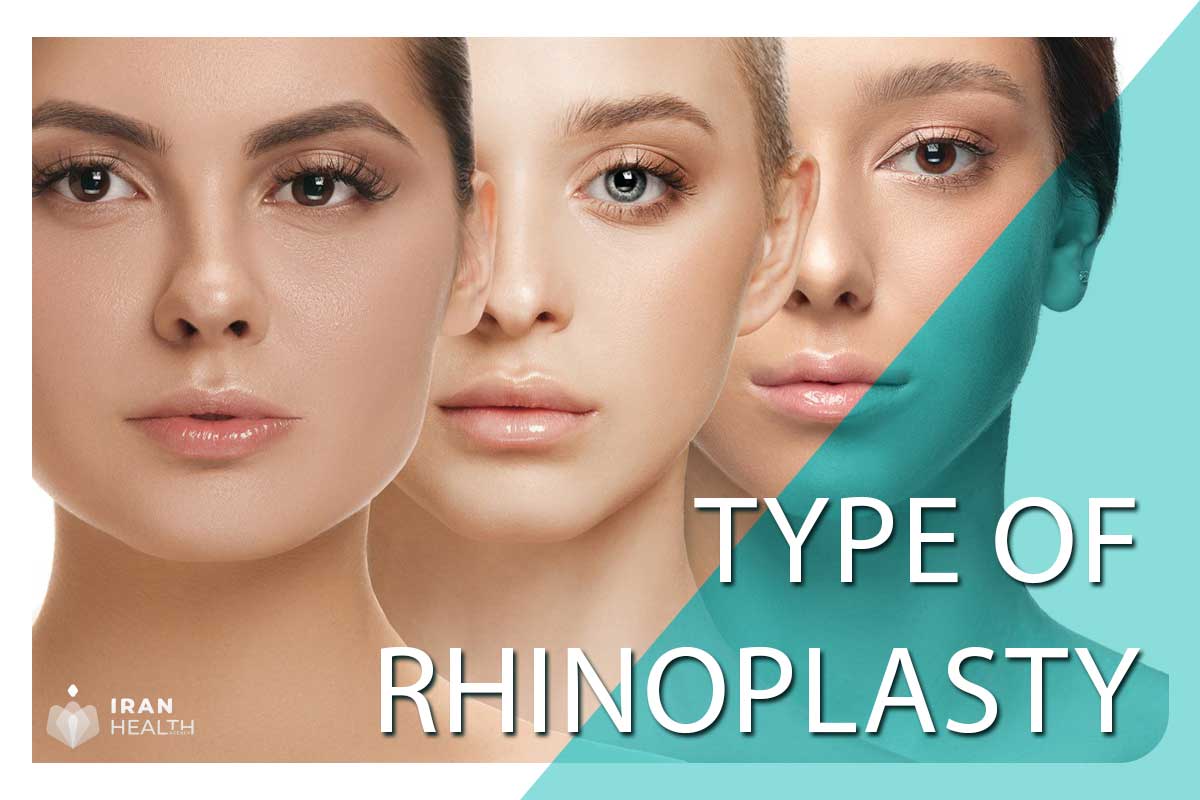Rhinoplasty, commonly known as a “nose job,” is a plastic surgery procedure done to reshape or resize the nose. It is one of the most common cosmetic surgeries performed each year. There are various techniques and approaches that surgeons can use during rhinoplasty to alter the appearance of the nose and address functional issues with breathing or structure.
The type of rhinoplasty performed depends on the goals the patient wants to achieve with surgery. Some seek a dramatic change in shape or size, such as a petite “Barbie doll” nose. Others want subtle, natural enhancements that aren’t obvious, such as smoothing a bump or refining the tip. Ethnic rhinoplasty maintains the nose’s fundamental ethnicity while improving proportions and symmetry.
Some of the options include: reduction rhinoplasty to reduce size, augmentation rhinoplasty to increase size, tip rhinoplasty to reshape the nasal tip, revision rhinoplasty to correct a previous surgery, and reconstruction rhinoplasty to rebuild structure. Surgeons may use an open or closed approach to access the cartilage and bone.
The various rhinoplasty techniques allow surgeons to cater to each patient’s aesthetic goals and desired outcome, whether it be fantasy or natural. With careful planning and execution, rhinoplasty can transform the appearance of the nose and enhance facial harmony.
what are the nose job types?
Fantasy model (Barbie/Doll nose):
This type of rhinoplasty aims to create an exaggerated, petite nose shape like a Barbie doll. The surgeon sculpts the nose into a very narrow, lifted, and triangular shape, usually by reducing the nasal bones, tip, and nostrils. While it can create a “cute” nose, it risks looking unnatural. The results may not complement other facial features.
Natural model:
This aims for subtle changes to straighten and refine the nose, while keeping it proportionate to the face. The goal is to correct issues like bumps or asymmetry, not drastically alter the nose shape. It results in a natural-looking nose that blends seamlessly with the rest of the face.
Natural model with a bony nose:
This procedure reduces a prominent bony nasal bridge and wide bone structure. Osteotomies and rasping refine the nasal bones for a smoother profile. The goal is to diminish the boniness while keeping the ethnic character and natural shape.
Natural model with a fleshy nose:
This reduces bulk and fullness, especially around a rounded nasal tip. The surgeon may remove cartilage and narrow the nostrils for definition. The aim is to gently contour a fleshy nose, controlling over-rotation and achieving better symmetry.
Semi-fantasy model:
This falls between fantasy and natural rhinoplasty. Moderate changes are made to narrow, lift, and refine the nasal tip and bridge while still retaining an elegant, graceful shape. It seeks to enhance the nose without looking obviously “done.”
In summary, rhinoplasty techniques range from fantasy to natural, depending on the desired aesthetic goals and how much reshaping is required. The key is choosing the right approach to complement the patient’s other facial features and create balanced, proportional results.

What are Rhinoplasty trends in 2023
Here are some of the current trends in rhinoplasty or nose jobs for 2023:
- Natural-looking results: There is a shift away from the overly scooped, pinched “Barbie nose” looks. More patients want subtle shaping that blends seamlessly with their other facial features.
- Precision tipplasty: Refining just the nasal tip through small precise excisions or grafting is popular for minor shape changes. It avoids radical transformation.
- Structural grafts: Grafts using cartilage from the septum or ears to reinforce shape and strength are being used more. This supports long-term form.
- ethnic rhinoplasty: There is a greater demand for preserving ethnic features while refining noses. The focus is on balanced aesthetics true to the patient’s heritage.
- Liquid rhinoplasty: Non-surgical nose shaping with injectable fillers is a temporary alternative to surgery for a smoother profile. The results are not drastic.
- Revision rhinoplasty: As the number of rhinoplasties grows, secondary procedures to correct imperfections or breathing problems from previous surgeries are increasing.
- Men’s rhinoplasty: More men are seeking rhinoplasty for more masculine, chiseled results. The goal is a strong, straight bridge with an angular tip.
- 3D computer imaging: Digital rendering of the expected look aids in surgical planning and patient communication of goals.
The emphasis of current trends is on precise, balanced outcomes over dramatic transformation. Careful planning and conservative approaches are key to achieving natural, harmonious results.
what type of nose job should I choose?
Choosing the right type of rhinoplasty is a very personal decision that depends on your specific goals, desired outcome, and facial features. Here are a few factors to consider when deciding on a nose job:
- Natural vs enhanced look – Do you want subtle improvements that look natural or more dramatic reshapement? Keep in mind overdone results can look artificial.
- Nose characteristics – What are the specific issues you want to change (hump, drooping tip, wide nostrils, etc)? This will determine the techniques needed.
- Facial harmony – Consider how your current nose and desired nose will balance with your other facial proportions.
- Ethnic background – Make sure the nose complements your heritage. An experienced surgeon can recommend approaches to maintain ethnicity.
- Revision vs primary – Is this your first rhinoplasty or a revision? Revision techniques are more complex.
- Lifestyle – Your activities and profession may dictate functional considerations.
- Budget – Some techniques are more expensive. Make sure your expectations align with your budget.
Take time to carefully consult with an experienced board-certified plastic surgeon. Communicate your cosmetic goals, share photos, and listen to their expert guidance on the options suitable for you. Doing your research is key to finding the best rhinoplasty for your needs and aesthetics.
Iran’s most common types of rhinoplasty
Based on the types of rhinoplasty, the most common in Iran is: Semi-fantasy model
Iran has one of the highest rates of rhinoplasty procedures in the world. Many patients seek a nose shape that is refined and aesthetically pleasing, but still looks natural and complements their other facial features.
The semi-fantasy rhinoplasty balances modest reshaping of the nasal tip and bridge to enhance its proportions, while avoiding an overly scooped or upturned “Barbie doll” look. It aims to reduce certain characteristics like a dorsal bump or bulbous tip while keeping an elegant and graceful profile.
The results are not radically altered, as may occur with a fantasy model rhinoplasty. The nose still looks like the patient’s own, just a smoother and more aesthetically ideal version. It retains a natural ethnic appearance prized in Iranian culture.
Surgeons use careful sculpting techniques and structural grafts to embody patients’ desires for a delicate nose that flatters their other Middle Eastern facial features. The semi-fantasy rhinoplasty has emerged as a popular compromise between dramatic and subtle changes in Iran.
You might like it: Do I need nose job?

How much does rhinoplasty cost in Iran?
The cost of rhinoplasty surgery in Iran can vary, but on average:
- Primary rhinoplasty typically ranges from $1,000 to $3,000 USD.
- Revision rhinoplasty often costs between $2,000 to $5,000 USD.
- Complex revision cases can be $6,000 to $10,000 USD.
Some factors that influence the price in Iran include:
- The surgeon’s reputation and expertise, with top surgeons charging higher fees.
- The complexity of the procedure. Significant reshaping or revisions cost more.
- Where the surgery is performed. Hospital fees are more expensive than surgical suites.
- Use of general anesthesia vs local anesthesia also impacts cost.
- Whether cartilage grafts are needed, which adds expense.
- The city where the surgery takes place, Tehran is the most expensive.
Overall, rhinoplasty costs in Iran are typically a fraction of what they are in Western countries. The lower cost plus the surgeons’ expertise and specialization in rhinoplasty makes Iran a popular medical tourism destination for this procedure. Many patients report achieving their desired nose shape at an affordable price.



